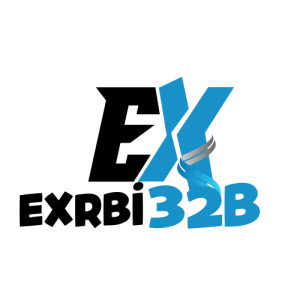A car code scanner is a automotive troubleshooting device that decodes error codes in your automobile. These instruments connect to your vehicle’s OBD system to discover malfunctions that might be activating dashboard alerts on your instrument panel. Code readers have become essential tools for both service professionals and automotive hobbyists looking to understand what might be malfunctioning in their vehicles. https://carcodescanner.store/
Primary Functions and Uses
The principal function of a diagnostic tool is to talk to your vehicle’s electronic control module and obtain diagnostic trouble codes (DTCs). Each diagnostic code provides a quick reference of a particular fault your car may be encountering, guiding you toward a particular component or component that may be failing. For example, when the engine warning light illuminates on your instrument panel, it’s triggered by the vehicle’s computer, and a trouble code reader can indicate to you exactly what triggered it.
These scanners work by plugging into the OBD port in your vehicle. Almost all motor vehicles made after 2001 have an computerized management system, which uses multiple monitoring devices to monitor automotive operations. When a part isn’t performing normally, the ECU produces a DTC.
Varieties of Diagnostic Tools
There are two primary types of diagnostic tools that are often confused with each other:
Standard Code Readers: These are beginner units that can detect and reset DTCs and deactivate the malfunction indicator. They provide key information but typically are without sophisticated analytical functions. Entry-level readers are usually cheaper and appropriate for casual car owners.
Diagnostic Scan Tools: These more sophisticated units not only scan codes but also supply diagnostic details and instructions on effectively pinpointing issues. High-end OBD equipment can read forthcoming, common, and brand-specific codes, record and playback active parameters, plot parameters, and access particular measurement indicators. Advanced diagnostic tools can also carry out two-way communication, permitting users to transmit commands to examine numerous elements.
Diagnostic Protocol Standards
OBD2 became the required protocol for car troubleshooting in the United States for all automobiles made after January 1, 1996. Other regions embraced it later:
Canadian market: 1998
EU: 2004
Australia, Mexico, and New Zealand: 2006
This universal approach means that a universal code reader can work across different vehicle makes and variants, though some specialized features may be only available for individual makes. For automobiles predating than the OBD2 implementation dates, purpose-built earlier diagnostic tools are needed, which are typically make-dependent since original diagnostic protocols weren’t standardized.
Contemporary Scanner Capabilities
Current OBD readers range from fundamental to professional-grade:
Essential Operations: Detecting and removing trouble codes, monitoring emissions systems
Standard Functions: Revealing real-time information from different sensors, presenting freeze frame data (capture of readings when the error occurred)
High-End Functions: Interfacing with proprietary units like Anti-lock Braking System, SRS, transmission, executing active tests, and even configuring some parts
Contemporary OBD devices might also provide color touchscreens, radio frequency or wireless connection capabilities for updates, and app synchronization. Many sophisticated scanners can interface with online databases that supply thorough fix instructions based on the precise codes obtained.
Benefits of Using a Car Code Scanner
Possessing a OBD reader presents several perks:
Money Savings: Identifying problems yourself before delivering your car to a service center can reduce on diagnostic fees
Problem Prevention: Identifying troubles before they become major can prevent more pricey repairs
Ease of Use: Assessing and erasing codes at your garage reduces trips to the repair shop or auto parts store
Understanding: Comprehending what’s occurring with your transport gives you more power when reviewing repairs with mechanics
Using Your Code Reader
Operating a simple OBD reader typically involves these methods:
Find the OBD2 port (usually beneath the control panel on the driver’s side)
Connect the diagnostic tool to this port
Rotate the key to the “ON” position and avoid cranking the engine
Be patient for the device to establish connection with your vehicle’s computer
Select the “Scan Codes” option and click it
Check any error codes that show up and look up the scanner’s documentation or internet references to decode them
For those focused on servicing their automobile or reducing on diagnostic costs, a car code scanner is a beneficial purchase that provides information into your vehicle’s condition and behavior.















